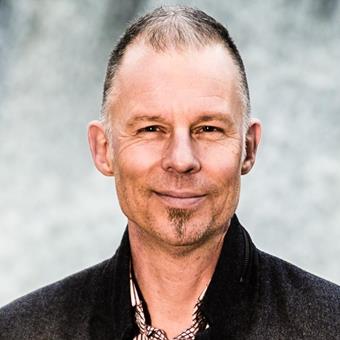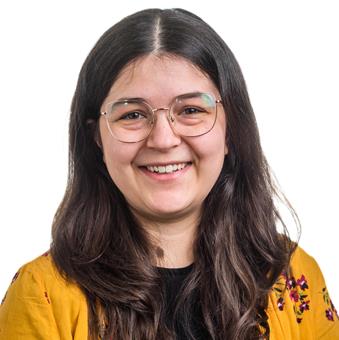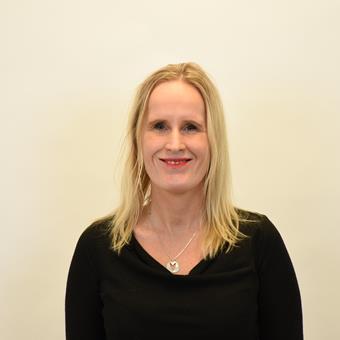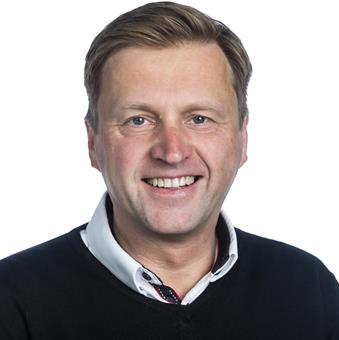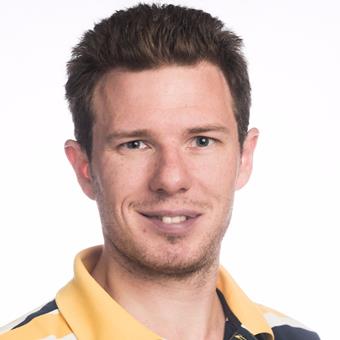There are limited resources for handling illness, accidents, crises and other related events. Therefore, we develop models, methods, and decision support for the optimized management of these resources. This is done in close cooperation with the rescue and health care sector, and often within the framework of CARER (Center for advanced research in emergency response).
Quantitative methods are often used, such as for example optimization, simulation, statistical analysis and geographical analysis.
We study, for example, where rescue resources should be located, which resources that should be dispatched when there is a new event, how new types of resources (like for example volunteers) can be integrated in the system, how to best organize rescue, response and health care, how to plan and manage hospital resources (for example operating rooms or intensive care units) and how to analyze the resource management.
Selected projects
- EMOVE (Efficient management of volunteers in emergency response). We develop models for how to optimally dispatch and allocate tasks to volunteers acting as first responders to acute medical emergencies and accidents.
- EMFOR (Emergency call forecasting). We develop forecasting models for emergency events, predicting where, when and which kind of event that will occur.
- EMMUNE (Efficient management of multiple natural events). The number of extreme weather events are expected to increase, intensifying the demands placed on the actors charged with preventing and managing them. We will support these actors by developing forecasts for the events, models for prioritization and decision support tools for efficient resource management.
- Terrängpejlen. Together with the Swedish Maritime Administration and the police among others we study how mobile radio direction finders can be used to streamline the location of missing aircrafts and persons in inaccessible terrain.
Cooperation
The research is performed together with end users like emergency call centers, fire and rescue services, emergency medical services, municipalities, county councils and government agencies, volunteer organizations and industry. We have a close cooperation with the Centre for Teaching & Research in Disaster Medicine and Traumatology (KMC), and also with other national and international universities and research institutes, e.g. Norwegian University of Science and Technology (NTNU) and University of Twente. Some of our partners are listed at the CARER website.
Funding
Some of our current and former financiers are the Swedish Civil Contingencies Agency (MSB), Vinnova, SOS Alarm, Carmenta and the municipality of Norrköping.


